
HandmadePictures/iStock/Getty Images
You may realize that some processed foods, restaurant entrees and many canned vegetables contain salt, but you may not be aware that many raw, natural vegetables also have small amounts of naturally occurring salt. If you are monitoring the amount of salt you consume, remember to factor in the salt when you eat a salad or have vegetables with your meals.
Sodium Requirements
Your body needs sodium to function properly, as sodium helps your body regulate fluid, aids in the transmission of impulses and helps muscles move, according to MayoClinic.com. A single teaspoon of standard salt has over 2,300 mg of sodium. The American Heart Association, AHA, states that the majority of American adults consume more sodium than necessary for bodily functions and that Americans take in the majority of their sodium from processed rather than natural foods. The AHA advises a maximum sodium intake of 1,500 mg per day. The 2010 Dietary Guidelines for Americans allows up to 2,300 mg per day, assuming you are not African American, are not older than 50 and do not have diagnosed hypertension.
Root Vegetables
Root vegetables contain relatively small amounts of sodium. A single raw carrot has 50 mg of sodium, and one baby carrot has 8 mg. In contrast, 1 cup of canned carrots has 353 mg. A white baked potato has 8 mg of sodium, and a cooked sweet potato contains 42 mg. One cup of boiled, fresh turnips has only 1.7 percent of your daily sodium requirement, or 25 mg. When preparing root vegetables to eat, use dried or fresh herbs in place of table or sea salt to avoid adding more sodium to your diet.
Vine Vegetables
Vine vegetables range from peas to butternut squash and offer you a variety of important nutrients such as beta-carotene, fiber and some of the B vitamins. Cucumbers have only 2 mg of sodium per cup, making them an extremely low salt choice. Peas are also low in sodium, with a cup of boiled peas containing just 6 mg of sodium. Canned peas have 428 mg in 1 cup. Frozen snap green beans have only 12 mg of sodium per cup, or 342 mg less than the same amount of canned green beans.
Other Vegetables
An average-size tomato has about 6 mg of salt; broccoli contains 29 mg per cup; and a 1-cup serving of raw cabbage has 13 mg. Celery contains larger amounts of sodium than some other vegetables, as it has 96 mg of sodium in 1 cup. Spinach and lettuces are low in sodium, with 1/2 cup of greens containing less than 10 mg of sodium. If you prefer the convenience of canned vegetables, read the nutrition label and purchase the brand that has either no sodium or very low levels of sodium.
Related Articles
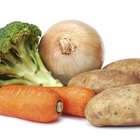
Do Boiled Vegetables Still Have Fiber?

Nutritional Facts of Fava Beans
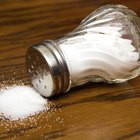
How to Find a Salt Substitute Without ...
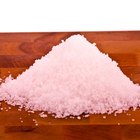
How to Use Sea Salt for Canning

How to Finely Grind Celtic Sea Salt

Bok Choy Nutrition

Low-Potassium Salt Substitutes

How to Cook Vegetables in the Microwave

Salt Vs. Non-Iodized Salt

Fruits & Vegetables Rich in Potassium ...
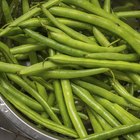
Nutritional Value of Sugar Snap Peas & ...

How to Glaze or Sweeten Canned Carrots

Calories in a Cup of Turkey Chili
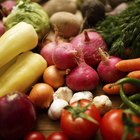
What Vegetables Are Good for Type 2 ...

Can I Substitute Salt Pork for Smoked ...

How to Eliminate Bitterness in Broccoli
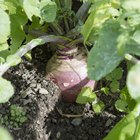
How to Cook Rutabaga in the Microwave

Serving Size of Steamed Asparagus

What Is the Nutritional Value of ...

How to Roast Beets for Canning or ...
References
Writer Bio
Diane Lynn began writing in 1998 as a guest columnist for the "Tallahassee Democrat." After losing 158 pounds, she wrote her own weight-loss curriculum and now teaches classes on diet and fitness. Lynn also writes for The Oz Blog and her own blog, Fit to the Finish. She has a Bachelor of Science in finance from Florida State University.
Photo Credits
HandmadePictures/iStock/Getty Images